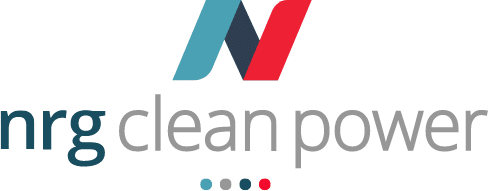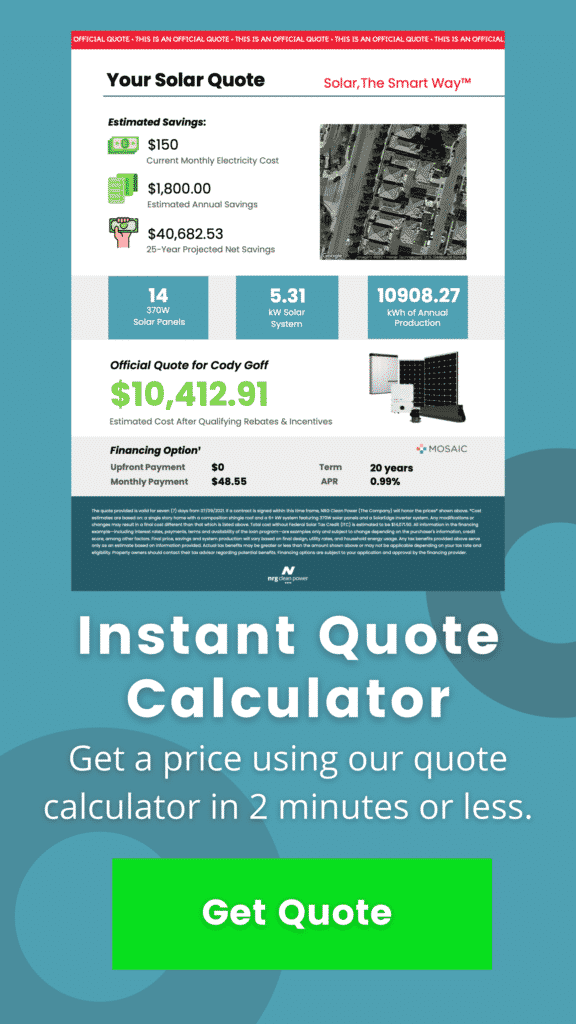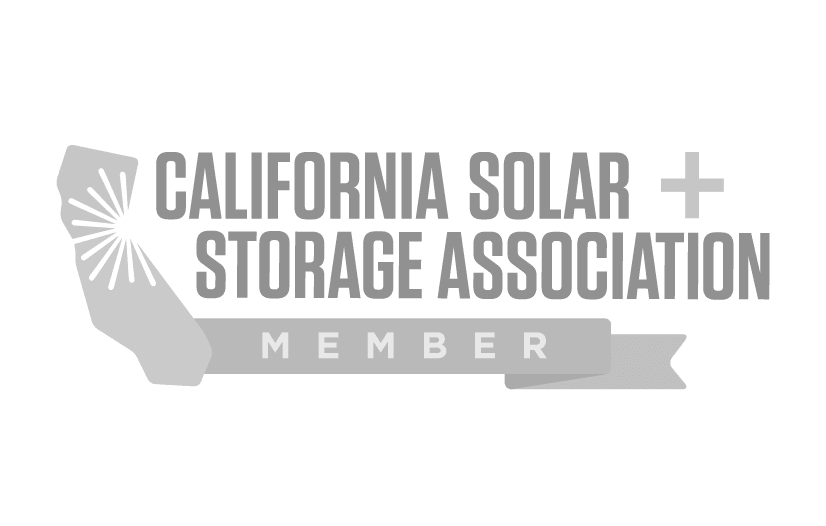
How big are solar panels? Which size is right for me? These are questions we intend to answer below.
Solar power is a renewable energy source that has gained popularity in the last decade due to its numerous benefits, such as lowering energy costs and minimizing the world’s collective carbon footprint.
Governments have launched or are looking to launch clean energy programs that incentivize citizens to fight climate change and accomplish the climate goals set under The Paris Agreement in 2015.
Increased adoption of clean energy, such as solar energy for homes and businesses, is one of the best and most cost-effective ways to go about this. It is sustainable and has become affordable in the long run, further encouraged through the government’s Solar Investment Tax Credit or Solar ITC.
If this sounds like something you’d be into or if you’ve chosen to switch to solar energy at home, there are certain things you need to consider. The efficiency of solar panels is dependent on several factors, one of which is their size.
This article explores the different sizes of solar panels and the factors to consider so you can choose the correct setup for your home or your business.
Sizes of Solar Panels
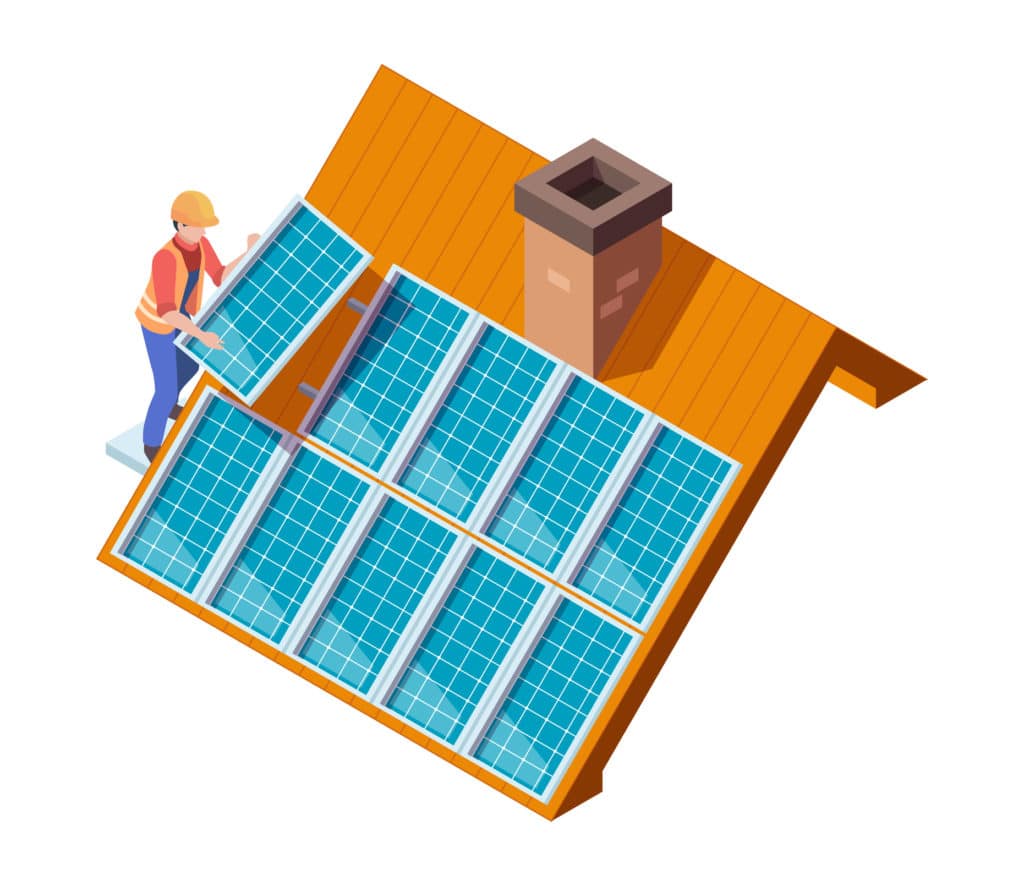
By Dimension
Solar panels come in different sizes for different energy needs and roof space availability.
Here are the different types of solar panels based on their sizes:
Small Portable Panels
Small, portable solar panels are great for use as energy sources in outdoor activities such as camping, hiking, or boating. These panels are also perfect for small off-grid applications, such as powering small electronics or lights. They usually range from 20×20 inches to 40 inches.
Residential Panels
Residential panels are the standard size for residential rooftop installations. They are around 65 inches by 39 inches, the most common type of solar panel used to power homes.
Large Commercial Panels
Large commercial panels are designed for commercial and industrial installations. They can range from 77 x 39 inches to much bigger, custom-sized panels ideal for the very high, consistent energy needs of a factory or an office building.
By The Number Of Cells
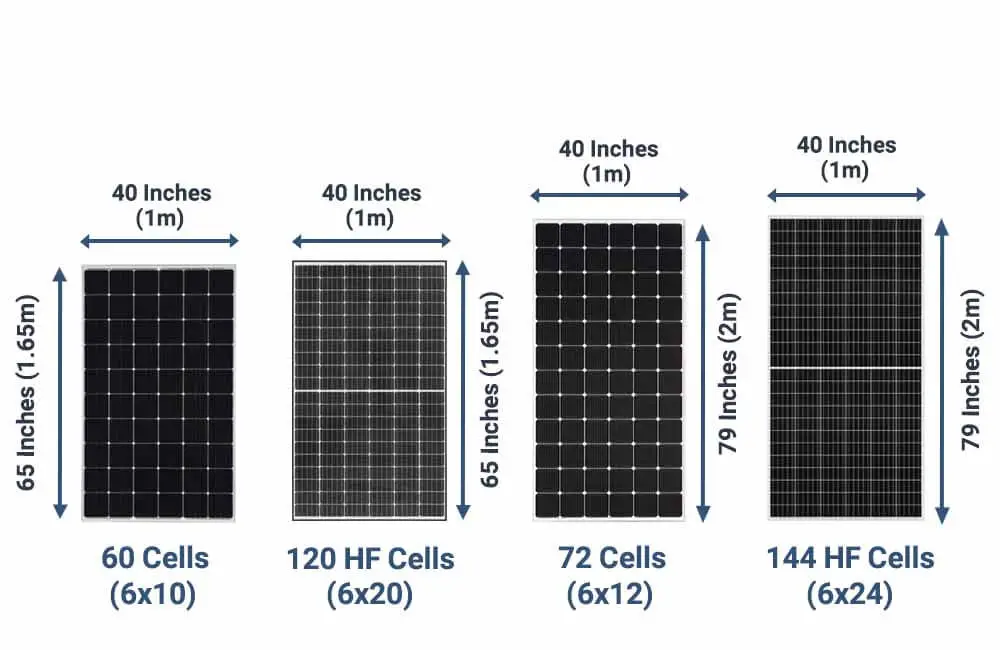
Solar panels come in three main cell sizes: 60-cell, 72-cell, and 96-cell.
The most commonly used sizes for residential and commercial purposes are 60-cell and 72-cell. This is largely because 96-cells measure 17.5 square feet and can be tough to fit on a roof due to their heavy weight.
60-Cell Solar Panels
These standard-sized panels are arranged in a 6×10 grid and measure 3.25 feet by 5.5 feet. They are ideal for homes as they are easy to install and fit comfortably on the roof without requiring too many modifications to the existing structure.
72-Cell Solar Panels
These panels measure 3.25 feet by 6.42 feet in a 6×12 grid layout. They are approximately one foot taller than the 60-cell panels. Due to their large size, installation may be quite complex.
96-Cell Solar Panels
With an 8×12 grid structure, these panels measure 41.5 x 62.6 inches. They are meant solely for commercial or ground-level installation as they would be too large for the average roof.
How Are Different Sizes of Solar Panels Used?
The size of the solar panel determines its specific use and the type of energy system it is best suited for:
- Small portable panels are better suited for small off-grid applications, such as powering the lights and air conditioner in your outdoor cabin, RV, or boat.
- Residential panels are ideal for powering homes and small to medium-sized commercial establishments.
- The largest solar panels are needed for higher energy needs in commercial and industrial installations.
A Guide To Choosing the Right-Sized Solar Panels
The right solar panel makes all the difference—you can optimize its cost-benefit ratio and see quicker returns on your investment.
To choose the right solar panel for your needs, follow these steps:
1. Determine Your Daily Energy Needs
Determine the average daily kilowatt-hours (kWh) of energy your household or business consumes. You can find this information on your monthly energy bills.
2. Measure the Size of Your Roof
This is crucial to ensure that the panels you choose will fit on your roof. Factor in obstacles like chimneys or vents and how much weight solar panels will add.
3. Factor In Sun Exposure
Consider the amount of sun your roof receives to determine the number of solar panels you need to generate the required energy.
4. Calculate Your Panel Size
To install the most efficient and cost-effective solar panel system for your needs, you must first calculate the proper panel size.
Here is the formula to help you determine the correct size:
Panel Size (in Watts) = Daily Energy Consumption (in kWh) / Hours of Direct Sunlight Received
5. Determine the Number of Panels Needed
Once you have determined the needed capacity in Watts, divide that number by the wattage of each panel. Doing so gives you the number of panels you need to produce the desired power supply.
As a yardstick and based on the above formula, an average home will require an array of about 18 to 23 solar panels averaging between 375 to 429 square feet. This calculation is an estimate and will vary based on the location, orientation, and shading of your roof, as well as other factors.
It is best to consult with a professional solar panel installer for a more accurate assessment of your energy needs and the size of the solar panel system you require.
Other Important Points to Consider While Choosing Your Solar Panels
Now that you’ve determined the correct size panels, here are a few other factors to consider while choosing a solar setup for your home or business. They will minimize expenses and help you streamline your clean energy journey.
Cost
Larger panels are more expensive, and some advanced systems may be beyond your budget. Consider cost-efficiency as you plan each element of the solar installation process.
Efficiency
Larger panels are not necessarily more efficient, so consider the efficiency factor when choosing the right size.
Maintenance
Larger panels can be harder to clean, so consider the ease of maintenance when planning your solar panel layout. Such care is needed to ensure your installation will last for decades.
In Conclusion
The size of a solar panel is an essential factor to consider when choosing the best possible setup for your roof. Consider your energy needs, space availability, and budget when to ensure you get the most efficient and cost-effective system.
FAQs About Solar Panel Sizes
What is the standard size of a solar panel?
The standard dimensions of solar panels are around 65 inches by 39 inches. It takes 18 to 23 of these to completely offset a residential household’s dependence on the power grid.
Can I get solar panels that are smaller than the standard size?
Yes, solar panels come in various sizes, including small 20×20 versions. These can power small-scale lighting or ventilation systems or function as a backup or emergency power option.
Are larger solar panels more efficient?
The efficiency of a solar panel depends on several factors and does not depend solely on its size. Efficiency must be contextualized in terms of size and the cost and energy needs of the specific home or business.
Do larger solar panels cost more?
Yes, larger panels are more expensive. The cost depends on the nature of the silicon used in the panels. The method of installation is quite expensive, too.

Authored by Ryan Douglas
NRG Clean Power's resident writer and solar enthusiast, Ryan Douglas covers all things related to the clean energy industry.
